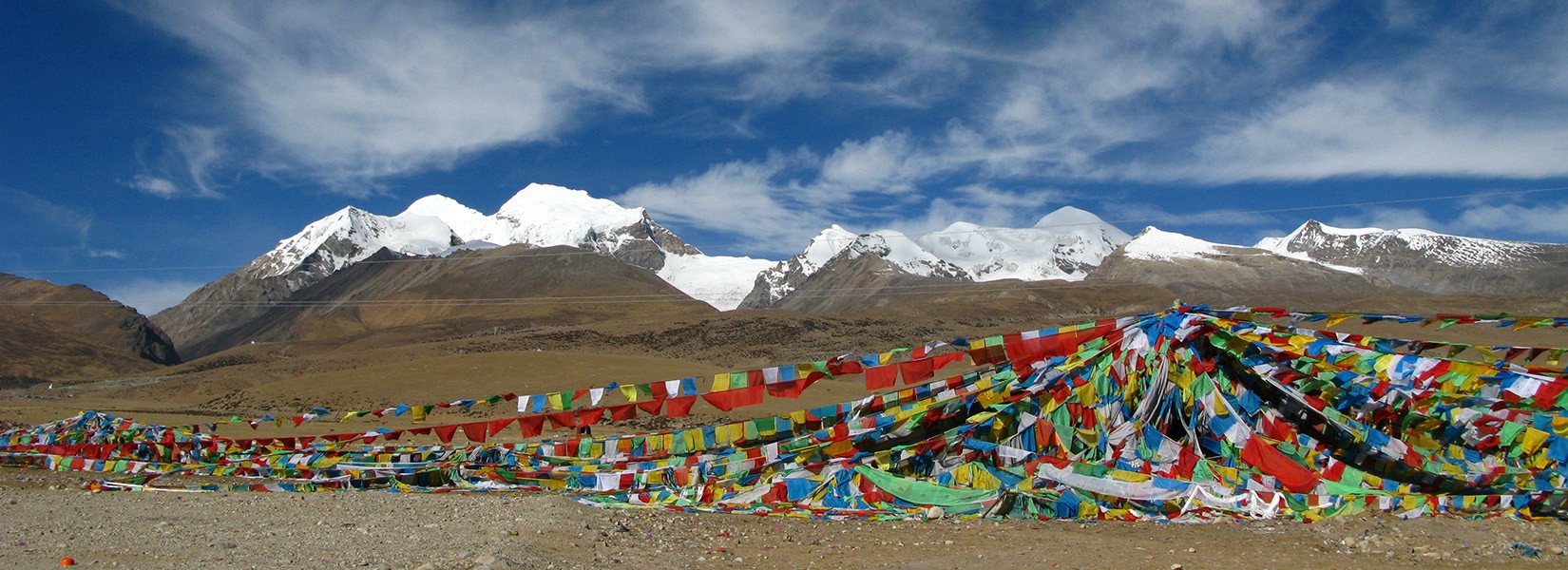About Special Tour/Trek to Mt. Kailash and Manasarovar Lake
Mount Kailash (6471m) is the holiest mountain in Tibet. His grandeur can only be matched by a few other mountains worldwide . Located in a far corner of the Tibetan Plateau, this snow-covered giant plays an important role in Hinduism, Buddhism, Jainism and Bonpo as one of the holiest mountains in the world. Four of the largest Indian rivers, Brahmaputra, Sutley, Indus and Karnali, spring from Mount Kailash. At the bottom of the mountain are two lakes: Manasarovar and Rakastal.
The Hindus believe that Kailash is the home of Shiva and a place of pilgrimage. The ancient Aryan called Mount Meru and believed that the summit was the paradisiacal city of Indra, the Vedic god of the storms. The mountain is the path to the city of Indra and the path to the stars, where the dead souls stood among blossoming trees waiting for a rebirth. Some religious traditions still believe this.
According to Hindu mythology, the god Shiva is at the top of the mountain. The mountain is Shiva's linga (phallus) and Lake Manasarowar is the yoni (vulva) of Shiva's wife.
According to the Puranas, the mountain is the center of the world and the four sides are made of crystal, ruby, gold and lapis lazuli. It is the center of the world and the center of the world mandala in the heart of six mountain ranges that symbolize a sacred lotus. The four rivers flow from Kailash to the four directions of the world and divide the world into four areas.
Buddhism:
Within Tibetan Buddhism, it is believed that Kailash is the domain of the Buddha Demchok (Chakrasamvara) and represents ultimate bliss.
The traditional legend is that Milarepa, philosopher in tantric Buddhism, arrived in Tibet to fight against Naro-Bonchung, a philosopher, to see who was the best. Both magicians started a frightening fight with their magic, but neither was able to defeat the other. It was decided that the fastest person to reach the top of Mount Kailash was the winner. Naro-Bonchung sat down on a magic drum and flew to the top and Milarepa just sat and meditated. Everyone thought Milarepa would lose, but just before Naro reached the top, Milarepa made a mudra and the sun's rays transported him to the top and he won the competition and then brought Buddhism to Tibet.
The mountain is also seen as the center of world mandala within Tibetan Buddhism.
Pilgrimage:
Every year thousands make a Buddhist pilgrimage to the holy mountain of Kailash. Pilgrims in Tibet of many religious traditions believe that walking in a circle around the mountain (the Kora) is a sacred ritual that brings good luck. The route is run clockwise by the Hindus and Buddhists, but the Jains and Bonpo run counter-clockwise. The path around the mountain is 52 kilometers long. The start and end point is the village of Tarchen, at an altitude of around 4800 meters. The Drolma La pass is at an altitude of 5630 meters. Just after the pass at 5603 meters altitude lies the Gauri Kund lake, also called the lake of Compassie.
The tour can be done in one day. At 4 o'clock in the morning, the first pilgrims are already on their way before sunrise. Many make the journey in prostrations: the pilgrims bend, kneel, lie down and stand up again, pray and continue where the hands have touched the ground and do this for the entire 52 kilometers and some do lateral prostrations. Difficult parts of the terrain cannot be skipped and the weather can be extreme. There is a saying that those who go 108 times around the mountain will be fully enlightened in this life, and there are pilgrims who take it seriously and do it.
Climbing the mountain is strictly forbidden within the four traditions of Tibetan Buddhism and the path must not be left on the inside. Between 1950 and 1979 the mountain was closed to everyone, but since 1979 pilgrimage is allowed again. The starting point of the Kora is the village of Tarchen, on a few days (by jeep) west of Lhasa.
The shortest trip you can make is a 15 day program from Kathmandu, to Kodari, Zhangmu, Mount Kailash, Kodari and back to Kathmandu.
If you also visit Lhasa, the heart of Tibet, the journey starts with a ride from Kathmandu to Mount Kailash via Kodai and ends in Lhasa from where you fly back to Kathmandu or vice versa. Thanks to the various programs there is a customized travel plan for everyone. See the overviews below.
The best season to visit Mount Kailash is between May and October. During this time the weather is stable and visibility is best at low daytime temperatures and night frost.
Finally, Mount Kailash attracts pilgrims and adventurers from all over the world. A trip to this destination is not just a holiday, but a dream, an adventure, a discovery and a spiritual miracle.
